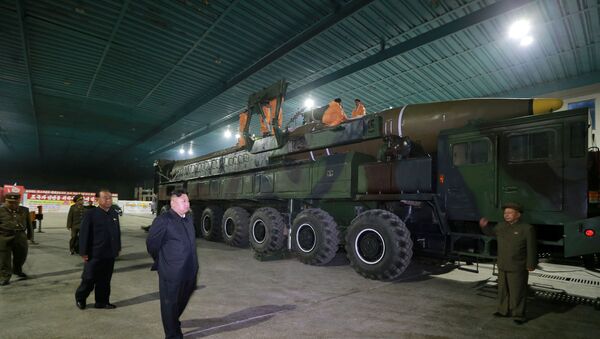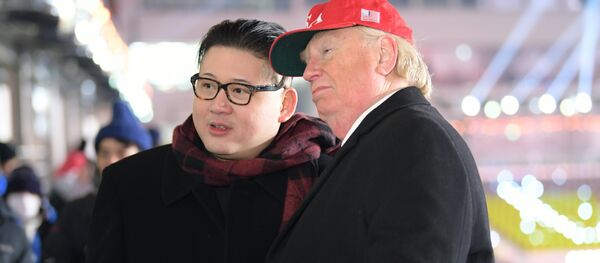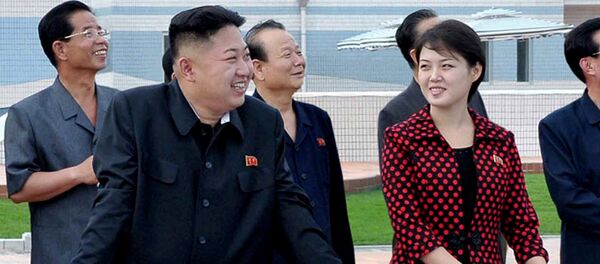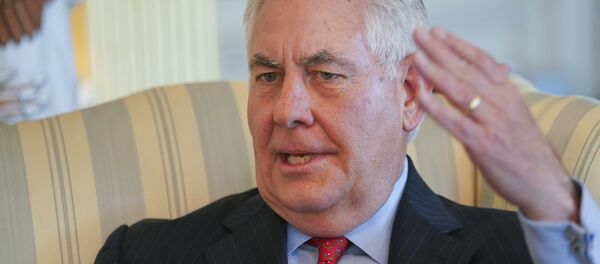Specifically, the launch sites for the Hwasong-14, tested twice in 2017, and Hwasong-15, unsuccessfully tested once in 2017, are being marked with monuments. While North Korea has test-fired ICBMs before, the Hwasong-14 was the first and only North Korean ICBM to be successfully tested.
"It looks they took the site and added another concrete pad with a giant stone structure," wrote Dave Schmerler, the nuclear proliferation expert who discovered the monuments. "It looks like they did a lot of landscaping and manicuring. It looks a lot nicer than the other sparse parts of the country."
"It's in the middle of nowhere, but it's within driving reach of the capital… it could be a touristy site… they cleaned up the launch pad, maintained grass, if you look at the vegetation nearby it's crappy and dead looking, but this area looks like a golf course."
The 2017 tests marked the first time in history that North Korea actually had the capacity to (in theory) launch a nuclear attack against the United States, the culmination of 61 years of work.
Not long after he took office as North Korea's leader, in 2012 Kim Jong Un claimed that his mission was to simultaneously develop nuclear deterrence and economic prosperity in the isolated Asian nation. North Korea has long sought a nuclear arsenal as a defense against foreign threats, although they have also threatened to launch preemptive strikes on rivals like the US, Japan, and South Korea on innumerable occasions.
The successes of the Hwasong ICBM program have been a huge propaganda victory for North Korea, which has staged rallies and issued stamps to commemorate the tests.
After almost a year of sky-high tensions, Kim announced March 6 that he was willing to meet with US President Donald Trump and, according to a statement from South Korean President Moon Jae In, stated his "willingness to denuclearize."
"North Korea made it clear that it would have no reason to keep nuclear weapons if the military threat to the North was eliminated and its security guaranteed," the statement went on to say.
But The Diplomat's Ankit Panda noted that the Hwasong monuments were another example of the celebratory campaign that has accompanied the launches — which is bad news for US leadership who seek North Korea's denuclearization. After all, if Pyongyang was willing to give up their nuclear weapons, why would they bring them into the spotlight with a monument?
"The monuments are new. But they suggest an ongoing effort by the government to memorialise the event. Missile launches clearly mean a lot to the North Koreans," Shmerler wrote.
"Looking at the cultural importance of these missile tests or at least how they're being used culturally with the building of these structures. It doesn't make sense they'll build monuments for these things and then be like, 'Yes, we'll give them up.'"
Of course, North Korea is far from the only state to commemorate advances in its nuclear program with monuments. The US has a monument as the Trinity Test Site in New Mexico, the site of the first-ever nuclear explosion on the planet in June 1945.






